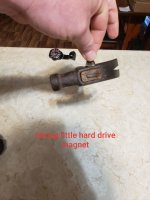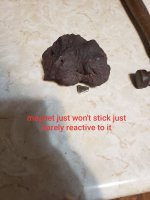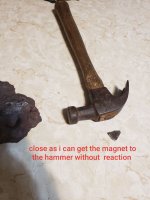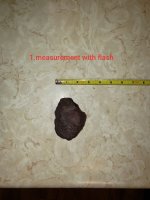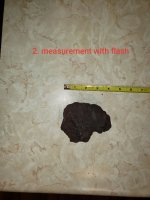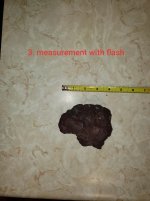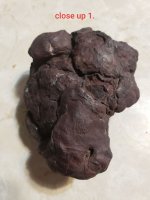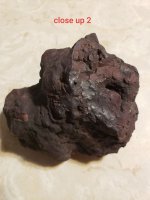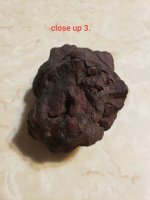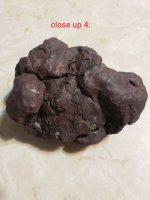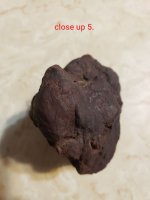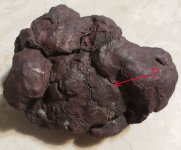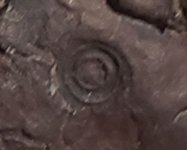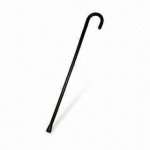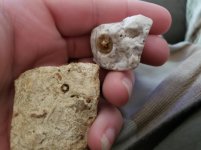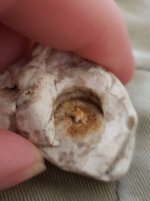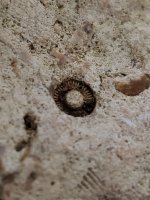Zyk
Jr. Member
I live in east central Indiana. My family has basically owned or farmed our property since before Indiana was officially a state. I actually have pictures of the field i found this "Slag" from sometime in the 1800's was told that before it was turned in to a crop field that it "was just grass land all the way to them thar trees" 
The reason im calling this a piece of "Slag" is because, well it looks like a giant piece of slag, its heavy as hell and something with this type of mass falling from the sky at 15k km per second would have surely caused a bit of a divot in the COUNTY. So my question is simply this.
With no type of factory or mining ever done in that area, almost 0.8 miles from the nearest road.
How the hell did it get there??
I can take measurements and weights of it if need be to make certain its not a meteorite for you guys, as i have never had it tested or anything

The reason im calling this a piece of "Slag" is because, well it looks like a giant piece of slag, its heavy as hell and something with this type of mass falling from the sky at 15k km per second would have surely caused a bit of a divot in the COUNTY. So my question is simply this.
With no type of factory or mining ever done in that area, almost 0.8 miles from the nearest road.
How the hell did it get there??
I can take measurements and weights of it if need be to make certain its not a meteorite for you guys, as i have never had it tested or anything


